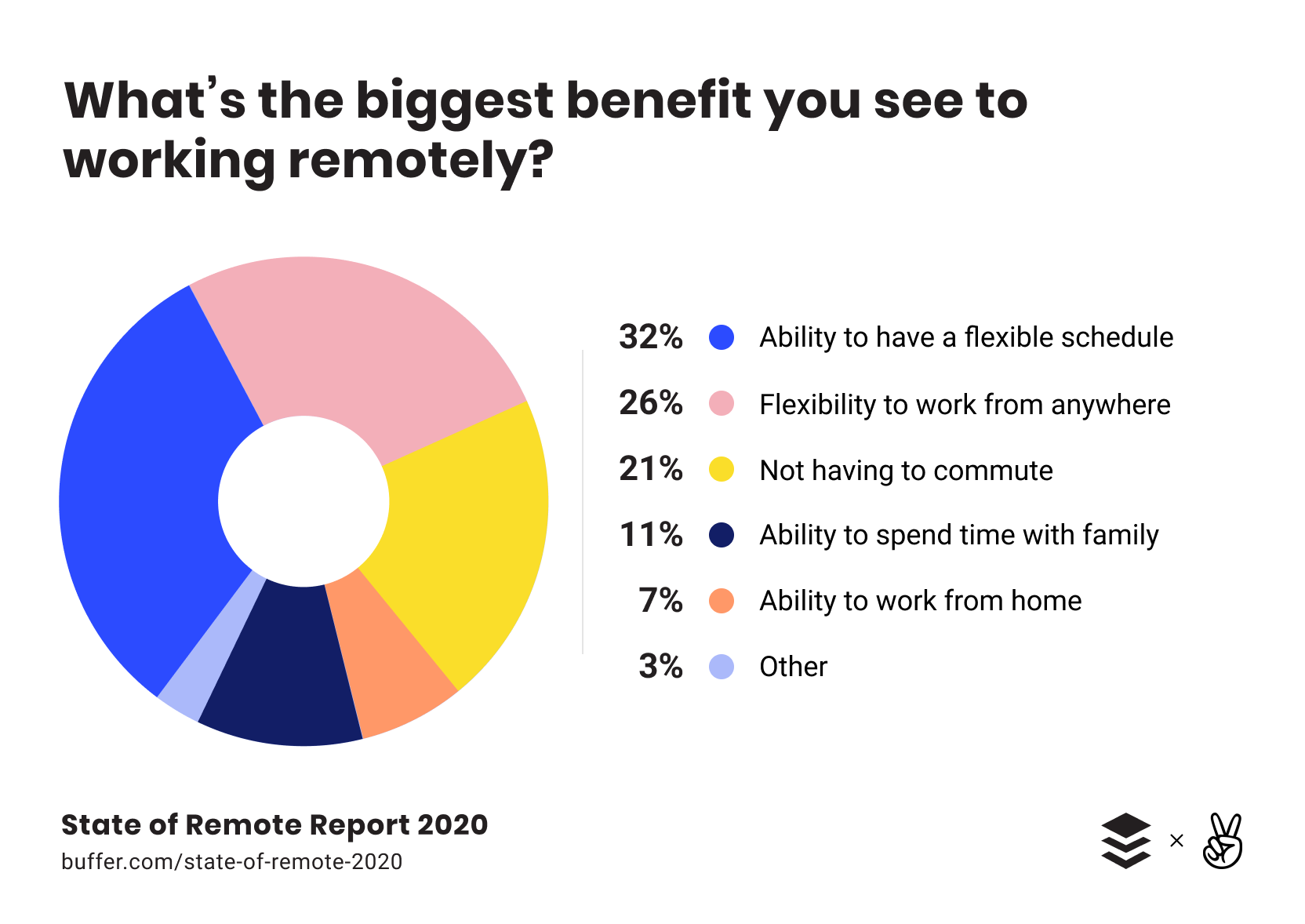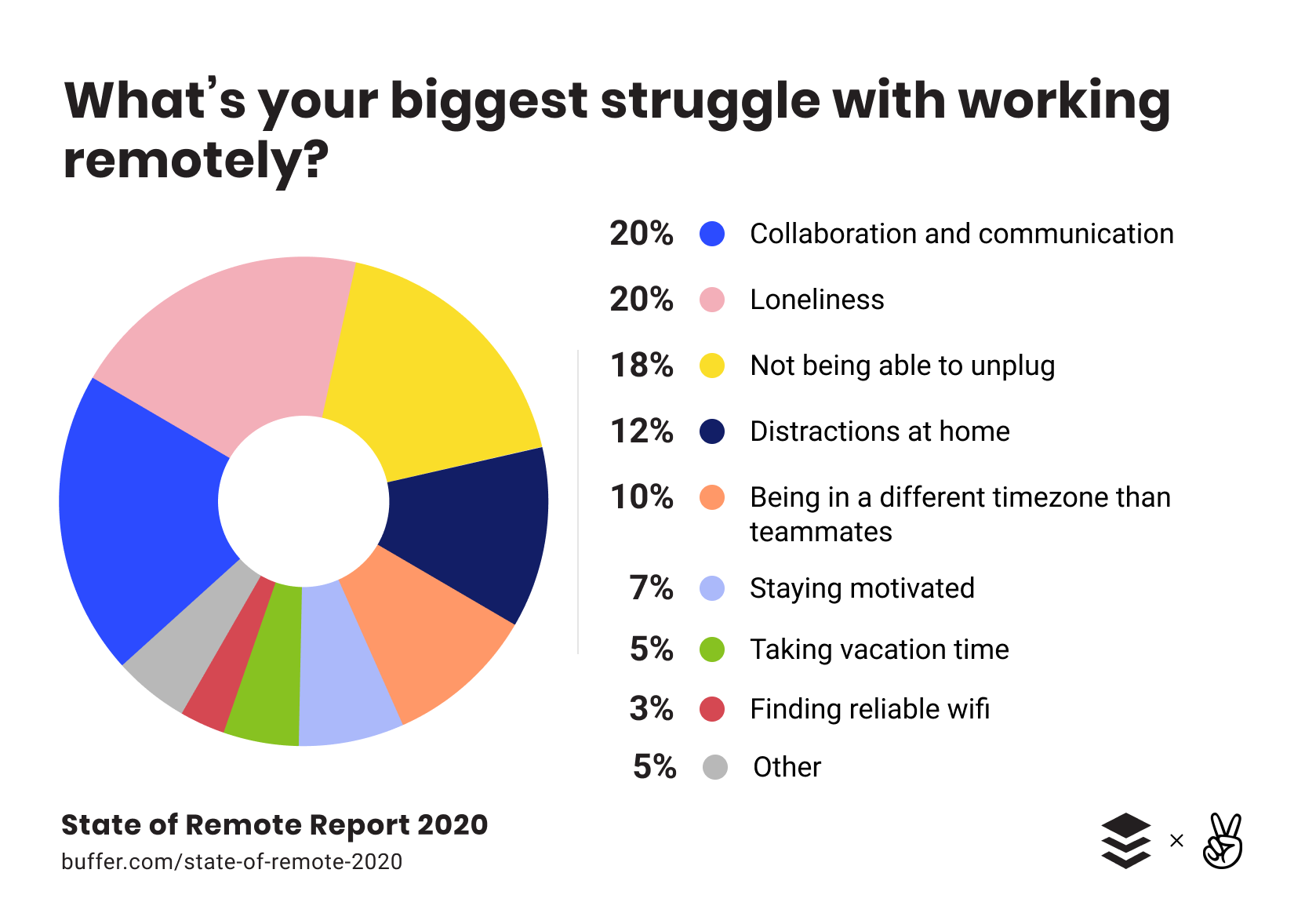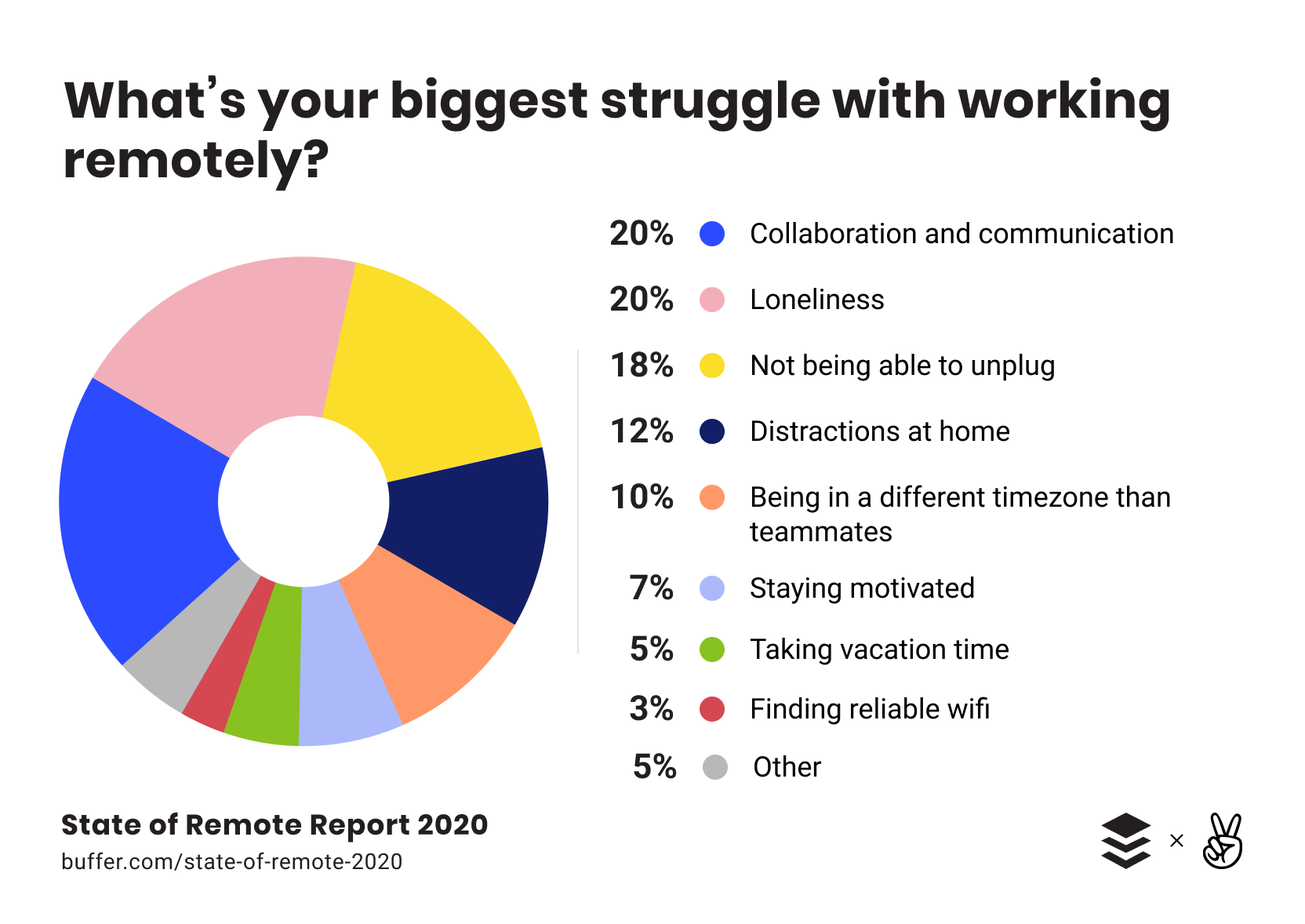Earlier this week, I wrote about the lasting impact that COVID-19 may have on China’s work culture, specifically that more remote work will be embraced after this public health crisis is over and that this fundamental shift could lead to more business software services being purchased: remote work and remote consumption, respectively.
Now let’s do a deep dive on remote work’s connection with open source, the software development model, which I’ve alluded to in quite a few places in the previous piece, but didn’t explain in detail.
Remote Work Rooted in Open Source
Let’s first drive home the deep connection between open source and remote work. “Open source”, a term popularized in the late 1990s by the free software hacker movement, was both a software development and a political statement that was anti-capitalism in general and anti-Microsoft in particular.
As a political statement, it started out fringe just like any other revolutionary message. Twenty-plus years later, it has won the war. Linux is the dominant operating system, not Windows -- Microsoft’s own public cloud service, Azure, runs more Linux than Windows servers. Corporations now embrace open-source software, not shun it. In fact, many traditional enterprises (think: banks) prefer to use open-source software to their proprietary alternatives because it is more robust, more performant, and more secure.
Why a piece of open-source software is more robust, more performant, and more secure has to do with open source, the software development model, which goes hand in hand with remote work. Software that’s developed in an open-source way literally means it is developed in the open publicly, where everyone and anyone in the world with an Internet connection can read the source code, run it, change it, use it, copy it, make feature requests, find and fix bugs, and scan it for security vulnerabilities. All the collaboration and communication happen in the public too, typically on a group email listserv like Google Groups, a forum service like Discourse or where the code is hosted and version-controlled like GitHub. There are a ton more nuances to the actual development and community management processes of open source that I’ll save for future posts, but you can see a clear connection between how open-source software gets built and how remote work functions.
Open source is the direct product of remote work organized on a global scale.
It’s no surprise that most of the sizable remote companies in the U.S., like GitLab and Hashicorp, have deep open-source roots. The same goes for some of the up-and-coming startups in China, like PingCAP. Almost all the largest U.S. and Chinese tech companies have embraced open-source software, including Microsoft, which used to have an antagonistic attitude towards open-source software (remember Linux vs. Windows?). You can see that by simply scanning through the highest-tier member companies of the Linux Foundation.
These large companies, both American and Chinese, are also producing open-source projects of their own and contributing actively to existing popular open-source software. All of that means hiring more engineers who know how to collaborate in an open-source way, thus remote work. As the open-source adoption continues to grow, so will remote work. And a black swan event like COVID-19 can accelerate that shift.
Is Remote Work a Better Way to Work?
In general, yes.
For one, it takes away the one common source of pain and frustration about work that everyone hates: commuting. Commuting to work is universally hated. It drains your energy and ruins your day before it even got started. It is also a public health weak spot when it comes to the spread of contagious viruses, like COVID-19, especially in urban areas where people rely heavily on public transportation.
Based on the 2020 State of Remote Work report conducted by Buffer and Angelist (two tech startups with a strong remote work culture), which surveyed more than 3,500 remote workers around the world, 97% of current remote workers would recommend it to others. The top three benefits of remote work are: “ability to have a flexible schedule”, “flexibility to work from anywhere”, and “no commute”.

The flexibility can lead to both better family management (take care of your children, pick them up from school, save money on expensive child care), better self-management (regular exercise, quality breaks in between working sessions), and better quality work product (concentrate with less distraction, work when in the flow, no one looking over your shoulders).
On a deeper level, it speaks to an intrinsic desire of every human being: autonomy.
Once you’ve tasted remote work, it’s very hard to go back. This will be felt by millions of Chinese knowledge workers when the effects of COVID-19 are under control and life returns to normal.
Not All Sunshine and Rainbows
All that being said, this isn’t a pamphlet for promoting remote work. Nothing is perfect, and remote work is no exception.
I’ve been both a remote worker and the manager of a remote team that spanned three countries and many time zones. I can say for certain that it’s not all sunshine and rainbows.
As workers, you need the ability to self-manage, self-motivate, and self-direct. Younger workers with less work experience tend not to do well with too much flexibility and not enough constant guidance. It’s also hard to know when work ends if you don’t know how to draw boundaries between you and your coworkers and managers, which again younger less experienced people have a hard time managing.
According to the same report by Buffer and Angelist, the top three struggles with remote work are: lack of collaboration and communication, loneliness, and not being able to unplug. I’ve seen or felt all three. In short, it’s not for everyone.

As a manager of a remote team, I can definitively say the operational challenges are quite real too. Getting the back-office processes (payrolls, taxes, benefits, etc.) running smoothly is not a trivial workload when your employees live in different countries with different laws and norms. (That’s why services like Remote.com are popping up.) Making sure everyone is motivated and has enough context to self-direct requires a concerted effort to be transparent about decision-making processes and break down information silos between teams and different company leaders. Knowing how to effectively leverage software tools to virtually run a team has its own steep learning curve. Last but not least, helping employees combat loneliness and isolation by organizing regular in-person gatherings has its own logistical hurdles.
All these challenges will get better over time, with more remote work experimentation, new best practices, and better software tools.
Remote work is in its early days, but its benefits, especially for knowledge workers, are undeniable. With COVID-19 as the forcing function, China’s large knowledge economy may just jump into the remote work fast lane, which will create new software, new services, and a new work culture.
If you like what you've read, please SUBSCRIBE to the Interconnected email list. New posts will be delivered to your inbox (twice per week). Follow and interact with me on: Twitter, LinkedIn.
【深入分析】冠状病毒,远程办公,远程消费
前几天,我写了一篇关于COVID-19结束后,对中国工作文化可能产生的持久影响,尤其可能出现更多远程办公和购买商业软件服务的现象。
这篇文章里,我们深入的讨论一下远程办公哪里好,哪里不好,和它与开源软件开发模型的紧密关系。“开源”这个词我在前一篇文章提到了好几次,在此值得细聊一下。
远程办公的根在开源
让我们首先了解一下开源和远程办公之间的紧密联系。“开源”一词在20世纪90年代末由当时的自由软件黑客运动推广开来,既是一种软件开发模式,也是一种反资本主义、尤其反微软的政治理念。
作为一个新的政治理念,它刚开始是很边缘,很小众的。二十多年后,这场斗争“开源派”打赢了。Linux操作系统已占主导地位,取代了Windows。就连微软自己的公有云平台Azure里,绝大部分的服务器用的都是Linux。各大企业现在开始接受开源软件,而不是抵制它。许多传统企业(如银行)指名要用开源软件,而不是传统闭源软件,因为开源的更全面,性能更高、更安全。
为什么一个开源软件会更全面,性能更高、更安全呢?这与开源软件开发模式有关,更与这个开发模式与远程办公有关。在一个开源的开发模式里,所有的工作都在一个公开透明的环境进行。也就是说,世界上所有的能上网的人都可以看软件的源代码,并可以运行、更改、使用、复制、提出功能请求,发现并修复bugs,检查安全漏洞等等,做这一系列的事情。所有的协作和交流也都是公开的,通常会发生在像Google Groups的群发邮件里,像Discourse的论坛里,或者像GitHub那样的代码托管和版本控制的平台上。当然,运营管理一个开源项目分复杂,有着数不清的细节。因为和主题关系不大,我就不在这里写太细了,以后再谈。但显而易见的是:开源软件项目的构建和远程办公团队的运作是息息相关的。
可以说:开源软件是全球规模远程办公的直接产物。
因此大家应该也不奇怪,在美国的大多数纯远程办公公司,如GitLab和Hashicorp,都以开源科技为基础。在国内的一些新兴的创业公司也是如此,比如PingCAP。更值得一提的是,几乎所有中美的科技巨头都开始拥抱开源,包括微软,完全改变以前对开源软件的敌对态度(还记得Linux vs. Windows吗?)。只需阅览一下Linux基金会的最高级别成员公司就可以看到这一点。
这些大公司不仅仅在为现有的开源软件项目积极贡献代码和资源,也同时在研发自己的开源项目贡献给社区。这都意味着它们需要雇佣更多的工程师,习惯怎么用开源方法论、远程办公协作的工程师。随着开源软件应用的不断增长,远程办公也将随之增长。而像COVID-19这样的黑天鹅事件,更可以加速这种转变。
远程办公真就那么好吗?
总的来说,是的。
首先,它消除了每个人都讨厌的一件事情:通勤上班。通勤上班消耗精力,在新的一天才刚刚开始就把所有的激情毁掉了。当涉及到像COVID-19这样的传染性病毒的传播时,通勤也是个公共卫生的薄弱环节,尤其是对大都市里依赖公共交通上班的人们。
Buffer和Angelist(两个纯远程办公的科技公司)最近发布了一份“2020年远程办公状态报告”(英文),调查了全世界3500多名目前远程办公的人。报告里发现,97%的远程办公者会向其他人推荐这种工作方式。远程办公的三大好处是:“有灵活的日常安排能力”、“在任何地方工作的灵活性”和 “不用通勤上下班”。

这种灵活性可以带来更好的家庭生活(照顾孩子,接送上下学,减轻一些昂贵的托儿所费用),更好的自我成长(定期锻炼,工作间隙有高质量的休息),以及更好工作产出(集中精力,少分心,没有人天天在你背后看你在干啥)。
在更深一层来说,远程办公可以在某种程度上满足一个人的根本欲望:自主。
一旦你尝过远程办公的滋味,就很难回到过去。当COVID-19有朝一日被完全控制、生活恢复正常后,数百万的国内员工们会希望本来是被“逼上”的这艘远程办公的大船可以继续航行。
没有十全十美
尽管如此,这篇文章毕竟不是给远程办公做宣传的小册子。没有什么事情是十全十美的,远程办公也不例外。
我曾经管理过一个远程办公的团队,当过一个跨越三国、许多时区的远程团队的经理。我可以以自己的亲身体验告诉大家,这非常有挑战性。
作为员工,你需要有自我管理、自我激励和自我指导的能力。工作经验较少的年轻人往往在这种高度灵活、高度自制的环境下难以成长,因为没有足够的指导和方向。如果你不知道如何和你的同事、老板划清界限的话,就会觉得自己“时时在工作”。虽然是远程,但总要看手机回短信。划清界限的这门技巧,对工作经验不足的年轻人来说是很困难的。
根据Buffer和Angelist的同一份报告,远程办公最普遍的三大问题是:缺乏协作和交流,孤独,以及无法不“时时在工作”。这三个问题,我都亲眼看到或亲身经历过。远程办公并不适合所有人。

从一个远程团队经理的角度看,远程工作在具体操作上也是挑战重重。当你的员工生活在不同的国家,有着不同的法律和习俗时,让团队的后台流程(比如发工资、税收、给福利等)顺利运转起来并不是一件容易的事。(这可能也是与Remote.com类似的服务层出不穷的原因。)要确保每个人都有积极性,并且有足够的信息基础去自我指导,就需要让每个大大小小的决策过程完全透明,打通团队之间和各个领导之间的“信息孤岛”。同时,明白如何高效地利用各种软件工具来协调整个团队还是有蛮高的学习曲线的。最后,为了帮助员工们克服孤独孤立的心态,需要定时组织面对面的活动, 这背后蕴含的组织工作细节也是不计其数。
在未来,这些障碍和挑战都会被更多公司尝试远程办公后总结出的最佳实践,以及更好的软件工具而解决。
远程办公才刚刚起步,但它的好处,尤其是对用脑子不用体力的行业来说,是不可否认的。如果能以COVID-19为动力,把中国庞大的知识科技经济换线到远程办公的快车道,这将创造更多更易用的软件、更贴心服务和新一代的工作文化。
如果您喜欢所读的内容,请用email订阅加入“互联”。每周两次,新的文章将会直接送达您的邮箱。请在Twitter、LinkedIn上给个follow,与我交流互动!
